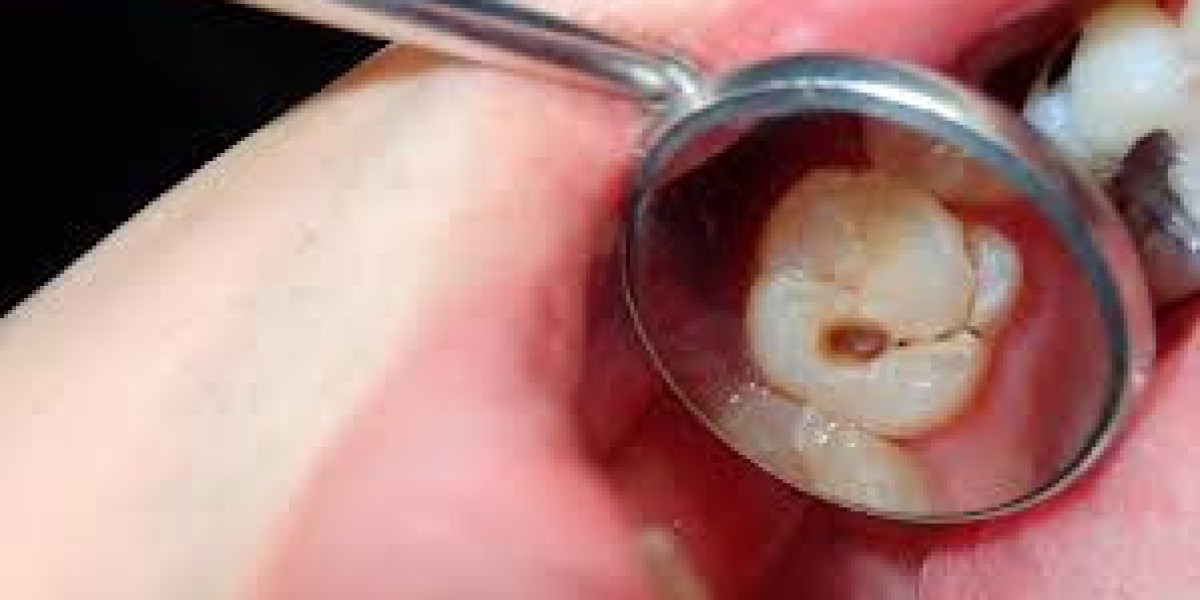Introduction:
Dental implant Infection surgery has become a widely accepted and effective treatment for replacing missing teeth. However, the success of this procedure is closely tied to the surgical techniques employed. One crucial aspect influencing the outcome is the rate of postoperative infections. In this article, we will explore the impact of different surgical techniques on infection rates in dental implant procedures.
Body:
Traditional Open Flap Surgery: Traditional open flap surgery involves making a large incision to expose the underlying bone for implant placement. While this technique provides clear visibility and accessibility for the surgeon, the extensive tissue manipulation may lead to increased postoperative discomfort and a higher risk of infection. The larger wound area also presents more opportunities for bacterial infiltration, potentially impacting the overall success of the implant.
Minimally Invasive Techniques: Minimally invasive techniques, such as flapless or keyhole surgery, have gained popularity in recent years. These methods reduce the size of incisions, minimizing tissue disruption. The smaller wound area may result in faster healing and reduced infection rates compared to traditional open flap surgery. However, the limited visibility can be a challenge, and careful case selection is crucial to ensure successful outcomes.
Guided Implant Surgery: Guided implant surgery utilizes advanced technology, such as computer-aided design and three-dimensional imaging, to plan and execute precise implant placement. This technique allows for smaller incisions and precise implant positioning, minimizing trauma to surrounding tissues. The reduced surgical trauma may contribute to lower infection rates, making guided implant surgery an attractive option for both patients and practitioners.
Antibiotic Prophylaxis: Regardless of the chosen surgical technique, the use of antibiotic prophylaxis remains a key element in preventing postoperative infections. Prophylactic antibiotics are commonly prescribed before the surgery to reduce the bacterial load in the oral cavity and decrease the risk of infection. However, it is essential to consider the potential development of antibiotic resistance and tailor the prescription based on the patient's medical history.
Conclusion:
Selecting the appropriate surgical technique is crucial in achieving successful dental implant outcomes with minimal complications. While traditional open flap surgery provides excellent visibility, it may come with a higher risk of infections due to increased tissue manipulation. Minimally invasive techniques and guided implant surgery offer alternatives that reduce trauma to surrounding tissues, potentially leading to lower infection rates.
Ultimately, the choice of surgical technique should be based on a comprehensive assessment of the patient's individual needs, anatomical considerations, and the surgeon's expertise. Additionally, the integration of antibiotic prophylaxis as part of the treatment plan remains a fundamental aspect of infection prevention in dental implant surgery. By carefully weighing the advantages and disadvantages of different surgical approaches, practitioners can enhance the success of dental implant procedures while minimizing the risk of postoperative infections.















